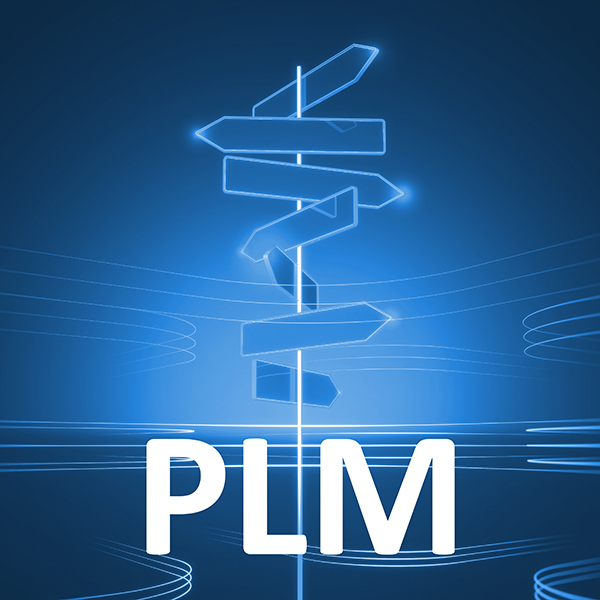
|
Modules for efficient PLM system selectionBy Mario Leber Many manufacturing companies work with PDM/PLM solutions that are not being developed further and/or are no longer able to meet changed functional requirements. They often lack employees who have the skills needed to find an alternative. As a vendor-neutral consulting company that knows the PLM market well, PROSTEP can provide them with the support they need when it comes to selecting an appropriate system. 
There are a number of different reasons why companies (have to) start looking for a new PLM solution. For some, it is the fact that the system they are currently using is being discontinued, others want to reduce the administrative overhead of their on-premises IT systems by moving into the cloud. In most cases, however, it is because existing solutions provide only a fraction of the capabilities they need today to develop mechatronic products that include a growing proportion of software. They neither support working across different domains nor do they ensure traceability from requirements through to disposal. The expanded functional requirements that PLM systems need to meet is another reason why companies are struggling with the question of which system to select. Whereas the definition of their original PLM concept, drawn up 10 or 20 years ago, focused on CAD data management in mechanical development, today they also have to integrate the development of electronic and software components and accommodate the sometimes conflicting interests of the different domains. And they have to get to grips with highly complex topics such as requirements management or systems engineering. It is no coincidence that striking a balance between specialist departments, IT organization and PLM vendors when moderating system selection is one of the core tasks performed by PROSTEP's PLM experts in the context of selection projects. They benefit from their role as vendor-neutral consultants with good contacts to all the major PLM vendors and their many years of experience with projects of this type. This experience has been incorporated in proven methods and templates for creating specifications, comparing systems, etc. This methodical approach not only shortens the system selection process but also serves as a guarantee for successful selection projects. The project methodology is not rigid; it is modular and is also determined by the preparations that the company in question may already have made. The customer does not have to use all the system selection modules and can scale the scope of the project according to their needs. The starting point is usually an analysis of the initial situation, i.e. the PLM capabilities available in the company and the existing IT system architecture. This involves taking a look at all the other applications that need to be integrated in the new PLM solution: ERP system, CAx systems and, where appropriate, also E/E or ALM systems for developing electronic and software components. Based on the analysis of the initial situation, our PLM experts define the envisaged target situation and all the capabilities that the company in question requires. It provides the basis for creating a company-specific requirements specification with up to 600 individual requirements, which is then sent to the system vendors. The requirement profiles of the respective customers can be very different, depending on how many innovations are involved in each request, how ETO and CTO product components are distributed, what proportion of mechanical, electronic and software components are involved in development, which authoring systems have to be integrated, and how the customers collaborate with suppliers and development partners. The customer-specific requirements profile is crucial when it comes to selecting the PLM system and the implementation partners. Thanks to our in-depth knowledge of the market and system vendors, we are able to guide the customer when evaluating the comparative system presentations in the benchmark, thus ensuring that they are in a position to make the right choice. At the customer’s request, we also carry out an economic analysis of the commercial offers. We then provide them with support for planning the individual migration and implementation steps within the framework of rollout planning. 
As mentioned above, the scope of the system selection services that we offer can be scaled up and down. If the level of complexity involved in the selection project is low, reliable preliminary work has been performed, and no elaborate benchmarks need to be carried out, it can be realized in a few days. A comprehensive “full-scale” selection process that includes the creation of a company-specific requirements specification and a benchmark based on well-prepared company-specific use cases and performed in front of a selected group of users and decision-makers is, of course, much more complex. However, it also delivers better results and thus ensures a reliable and transparentdecision as to which system to use. |
|
| © PROSTEP AG | ALL RIGHTS RESERVED | IMPRINT | PRIVACY STATEMENT | YOU CAN UNSUBSCRIBE TO THE NEWSLETTER HERE. |

